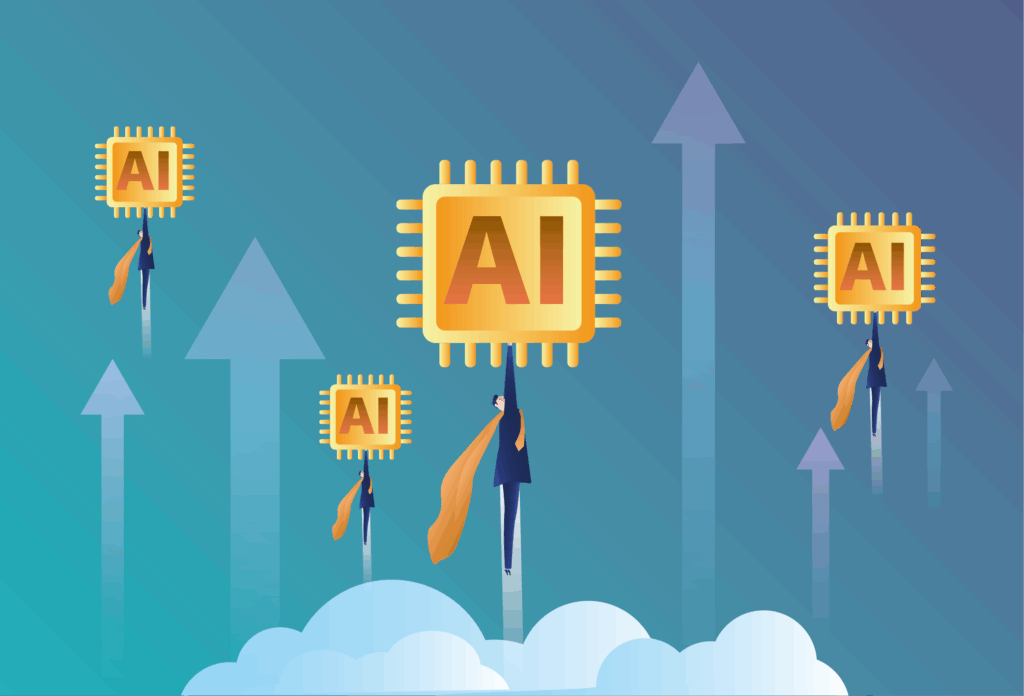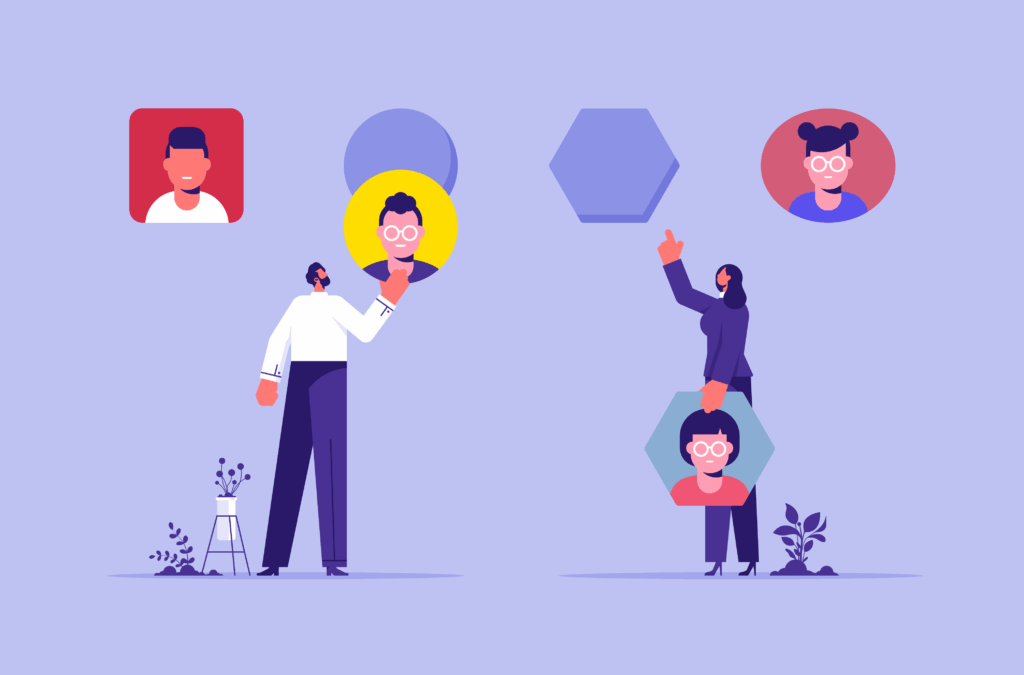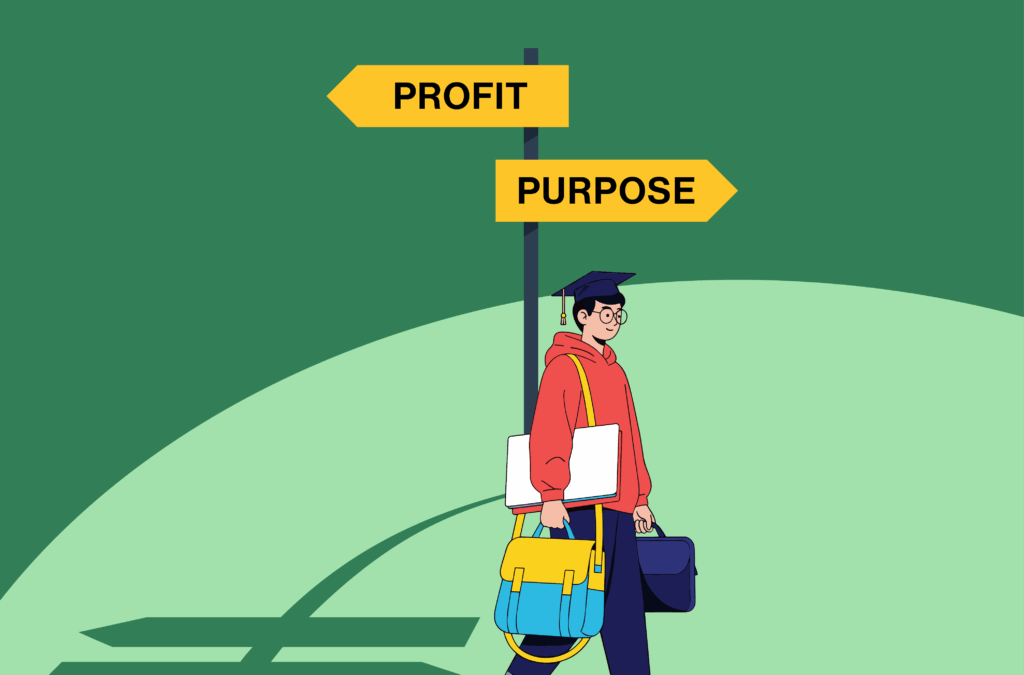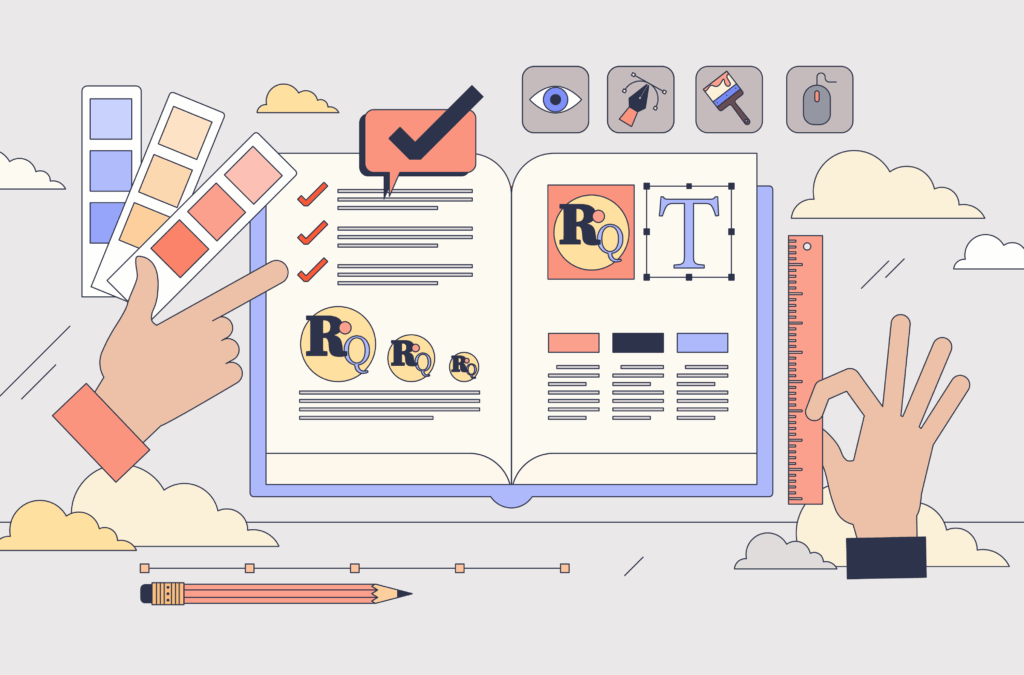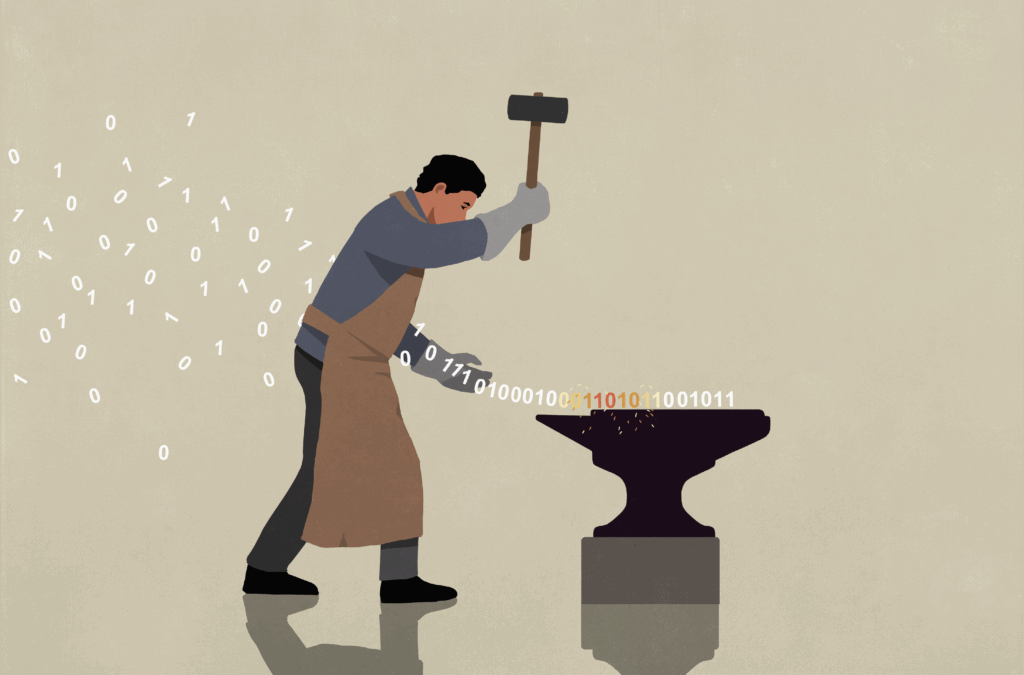
What’s Behind Your Client’s Decisions?

Imagine you work for a healthcare management company. You’ve been encouraged to complete a health risk assessment (HRA), and the traditional incentive is $25. (Meh.) Today, however, you’ve been promised an additional $25 grocery gift certificate. A co-worker, on the other hand, has been offered the chance to participate in an office lottery to win up to $125 more as part of a four- to eight-member team. Each week, one such team will be selected from the lottery as a winner; everyone on that team who completed an HRA will get $100—plus $25 more if at least 80% of the team completed assessments.
The result: The team-based lottery prompted 64% of employees to complete the HRA, compared to 44% who were offered the grocery gift certificate and 40% of those offered the basic cash incentive. Even though the base amount was the same for those offered the original amount and those offered the lottery, the possibility of “more” moved people to action.
The HRA scenario played out as part of a study posted at the Behavioral Evidence Hub. B-HUB, as it’s known, is an open, online repository of scientifically tested, real-world strategies developed from insights about human behavior. The scenario used group incentives to harness the power of caring what others think. It also uses micro-lotteries, which encourage people to take an action by offering the chance to win a prize through lottery or raffle. These work because people are tempted by the prize and tend to overestimate their chances of winning. Both strategies are time-tested types of behavioral science interventions. They join a range of activities that demonstrate a deeper understanding of the way people think and, therefore, how they respond. Other examples are comparing one group’s behavior to that of its peers and employing enhanced active choice, in which the decision maker is reminded of the consequences of all available options before being required to make a choice.
Real-World Decision Making
In recent years, a smattering of books, studies and projects in the field of behavioral economics have taken a closer look at the ways people think and act, sometimes using the complexities of the insurance industry as an example. Behavioral economics considers how a variety of factors influence the way people make decisions. The concept has been around for decades, but it’s only recently that these understandings have been applied to real-world challenges.
Grasping what behavioral economics is begins with understanding what it’s not. There’s a misconception that it’s simply understanding the way people think just so you can pressure them to do what you want them to do. Those in the field, however, argue it’s more about understanding natural biases and reworking processes so people can make decisions with logic and intent rather than just emotional or environmental reactions.
As we tend to learn over time, logical and intentional decisions often bring a much more positive result than emotional ones. The less logical choice of not going to the doctor because of a potential rise in premiums, for example, increases risk for everyone involved: the patient bears the risk of a serious health problem going untreated, and the system bears the risk of more expensive treatment later when the issue finally is addressed.
Behavioral economics, then, investigates possible interventions for better outcomes. These interventions might consider the way people choose between options and nudge them in a certain direction. Or they might help people sustain behaviors and form habits, navigate processes, become more engaged or increase understanding. In commercial insurance, brokers who grasp these concepts might be able to overcome, say, status quo bias, in which their clients naturally tend toward inaction. They might also be able to overcome choice overload by streamlining and simplifying options for their clients. Too many choices—especially complex ones—can also lead to immobility.
A paper produced by global investment bank Houlihan Lokey, “Behavioral Economics: A New Frontier for Insurance?” includes recommendations for carriers, but the concepts could work for brokers, too.
Understanding loss aversion, for example, means recognizing premium increases upset insurance customers more than reductions please them. “Customers whose rates fluctuate—down as well as up—are likely to be less happy than those with steady premiums,” the paper notes.
The book Nudge: Improving Decisions About Health, Wealth, and Happiness, by Richard Thaler and Cass Sunstein, is chock-full of stories of behavioral economics interventions. In one program, participants quit smoking by regularly depositing money that otherwise would have been used on cigarettes into an account. After six months, if a drug test shows they haven’t smoked, they get the money back. If they’ve smoked, the money goes to charity. Those who take part are 53% more likely to reach their quitting goal.
B-HUB, meanwhile, includes interventions that range from the way default choices affect advance directives in healthcare to the experience of a municipal government in Costa Rica that sent postcards to residents comparing their water consumption to nearby neighbors’ along with usage-reducing tips. The residents receiving the postcards reduced their rates by 4.5% more than those who had received a standard utility bill.
“I think there’s more and more realization that the way humans define and interact with products, policies and programs is critical to those things’ being successful,” says Josh Wright, executive director of ideas42, a nonprofit design and research lab—and partner in B-HUB—that aims to use behavioral science to design scalable solutions to some of society’s most difficult problems.
Highly publicized insurance startup Lemonade is one company that has generated a lot of PR for itself by touting its behavioral science-based business model. Founded in 2015, Lemonade has set out to remake insurance “as a social good rather than a necessary evil,” according to its own materials. Customers are asked to choose a cause they care about, ultimately forming a like-minded virtual group. The company uses premiums to pay claims, and whatever money is left is given back to the shared cause.
Wright is quick to say he’s no expert on Lemonade or its processes. All the same, he notes, “They do have a behavioral scientist on their team, and they’re thinking about the customer experience in a very behaviorally informed way.” They’re also doing some interesting work around trust and honesty, he says, helping customers be more honest about their claims by first helping them be part of a larger community.
“If you end up lying or cheating in some way, you’re not cheating some big insurance company,” he says. “You’re cheating a cause you care about.” Greater honesty means less fraud and more efficiency for Lemonade. Meanwhile, in this win/win scenario, worthy causes also receive the support they need. And while Lemonade currently sells only personal lines insurance, a lot of industry executives are examining its methods to see if the business model might one day be applied to the commercial side.
Behavioral Economics in Insurance
So how can the larger insurance industry employ behavioral economics? Howard Kunreuther, PhD and co-director of the Wharton Risk Management and Decision Processes Center at the University of Pennsylvania, believes one way is changing how the industry frames risk, benefit, cost and losses to policyholders.
“One of my favorite examples is that people buy insurance only after a disaster and then cancel their policies several years later if they haven’t suffered a loss,” says Kunreuther, who also co-authored The Ostrich Complex: Why We Underprepare for Disasters. “They think, ‘What a bad investment. What could I have done with all that money?’ It’s very hard to get the message across that the best return on an insurance policy is no return at all. People should celebrate not suffering damage rather than feeling their premium has been wasted.”
Kunreuther says the most important challenge the insurance industry faces is explaining the role insurance can play in reducing future risks. People need to understand, he says, that insurance protects their property and assets, has an important role to play in helping us understand the risks we face, and can encourage investment in cost-effective loss reduction measures via risk-based premiums. As a protective mechanism, then, insurance is worth spending money on.
Framing risks in a way that helps people pay attention is a start. The book Scarcity: Why Having Too Little Means So Much, by Sendhil Mullainathan and Eldar Shafir, echoes the sentiment: many farmers in poor countries—in some cases, more than 90%—might not purchase insurance, whether related to health or to their crops, believing it’s too expensive. In reality, the authors write, they cannot afford not to be insured, but the message isn’t getting across.
“I was living in Austria a number of years ago, and they had an interesting way of presenting information about not wearing seat belts,” Kunreuther says. “It was, ‘We want you to wear your seat belt, and if you don’t wear your seat belt, we will not pay for your medical expenses should you be in a car accident.’ By framing the problem in that way, people focus on the consequences of not buckling up and will voluntarily wear a seat belt.”
The Wharton Risk Center, for one, would like to see the insurance industry get more creative and innovative in designing new products. “In this regard, the Risk Center has proposed insurers consider selling policies that extend three to five years rather than just the standard one-year policy,” Kunreuther says. “An advantage to consumers of purchasing longer-term insurance is that their premiums would not increase after a loss, nor would they have their policy canceled, thus providing them with the stability they want. Insurers would also have a financial incentive in offering long-term policies. They could reduce their marketing costs, as customers would remain with the firm for a longer time period. And insurers would reduce the variance in their potential losses by spreading the risk for each of their policyholders over several years rather than just one.”
Wright says behavioral thinking might also be used to improve the insurance customer experience. Little things—such as offering a “here’s where you are in the process” meter for a customer filling out an online form—can make the experience infinitely more enjoyable. It’s also important to end well, he notes, as customers are more likely to rate an entire experience as positive if it ends on a good note (regardless of what has happened along the way).
Internally, Wright believes behavioral science could help encourage more appropriate use of algorithms in underwriting. Part of that means understanding the benefits of humans and machines working together. “There’s a huge amount of work in the area of how you get humans to use the algorithms,” he notes, and those tend to be correct “the vast majority of the time.”
Whenever possible, behavioral scientists say, it’s important to observe people as they actually use the product or service being offered, taking note of bottlenecks or problems that might create a bad experience.
When that product or service isn’t working or being used as it should be, “it’s not that there’s something wrong with the people using it,” Wright says. “The reality is that these psychologies are pretty universal. We all have challenges, and our minds work in similar ways. We all have biases or cognitive capacity limitations…. We need to design things effectively for how humans really are.”
Soltes is a contributing writer. [email protected]
